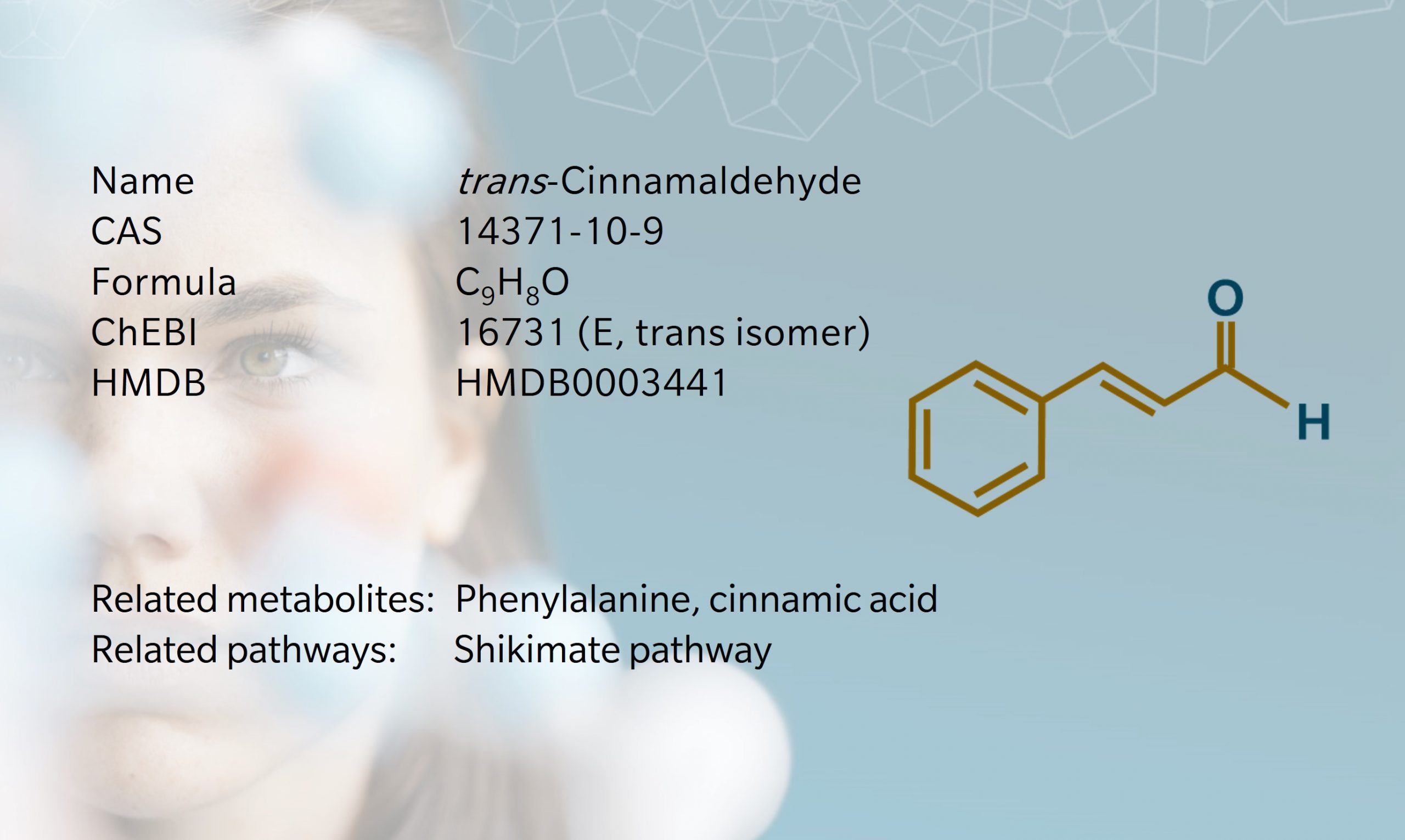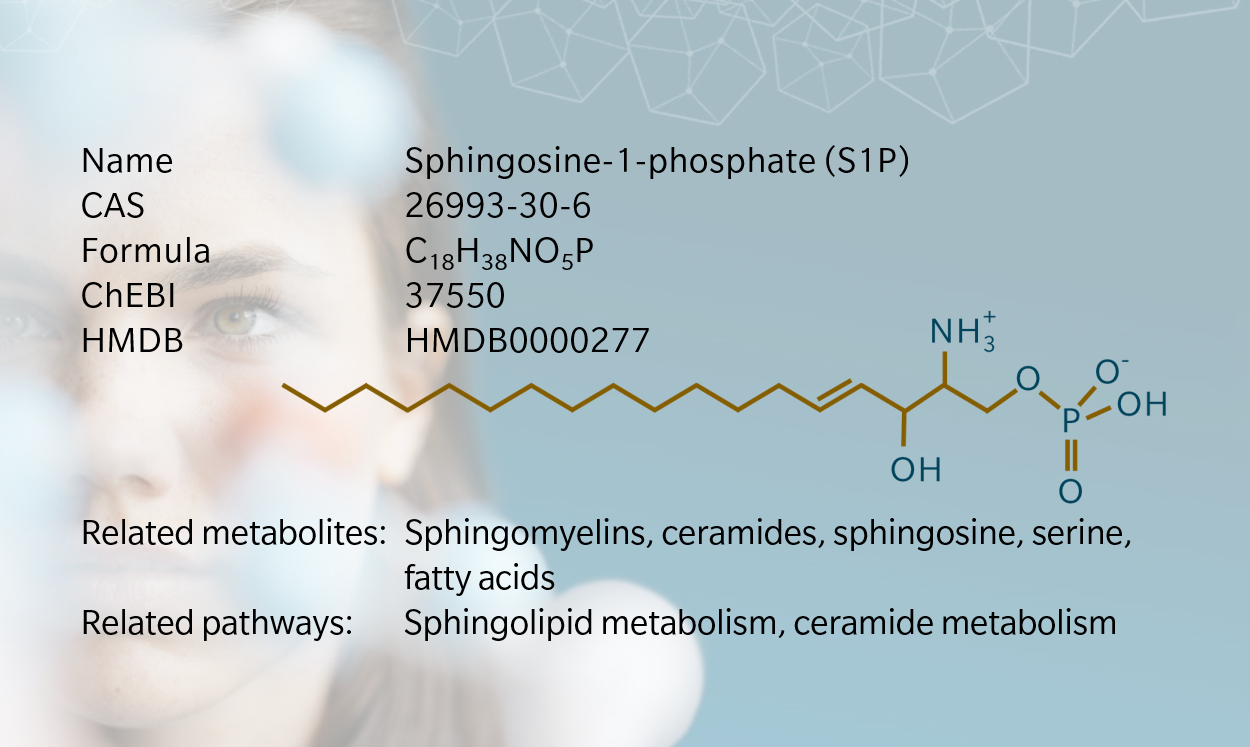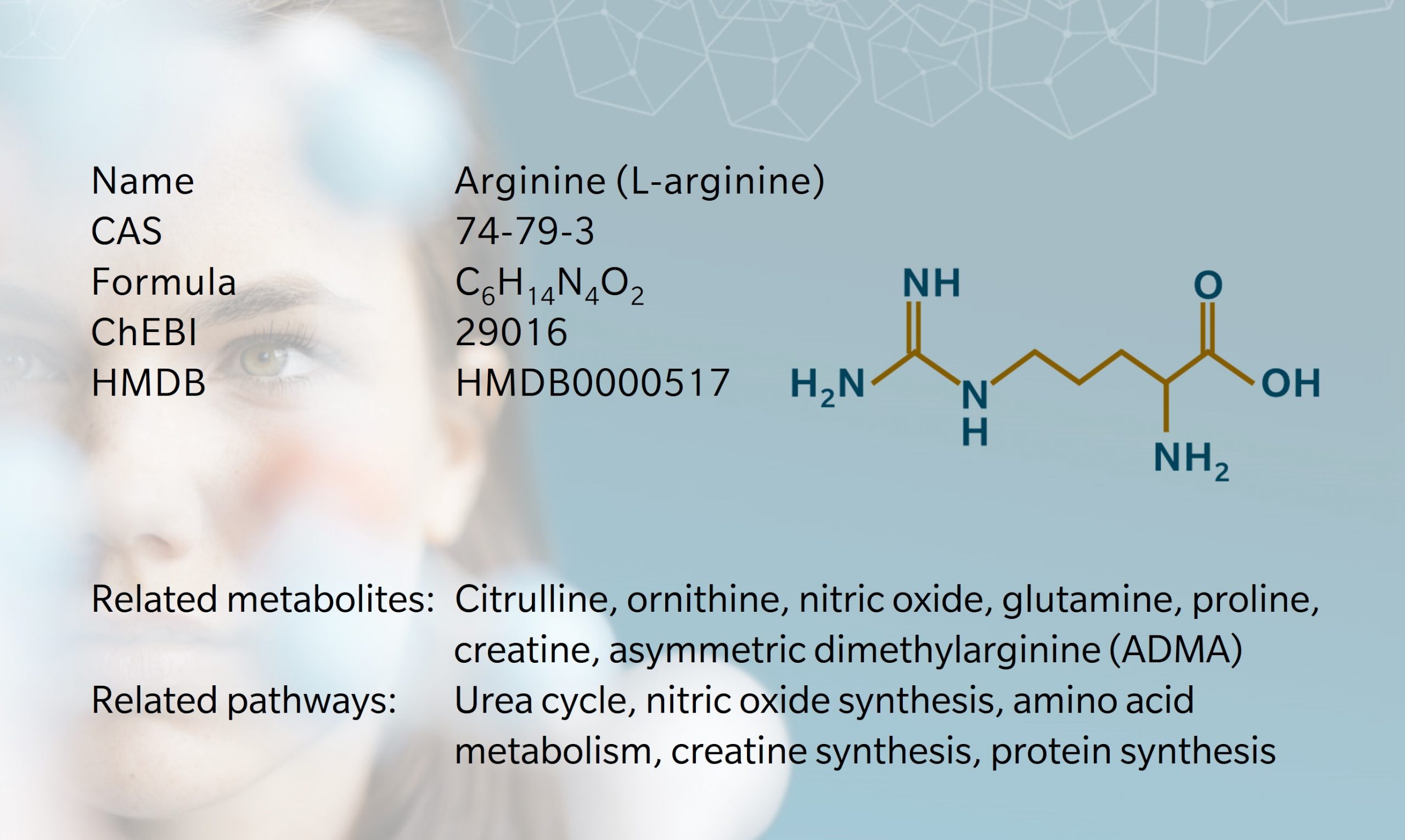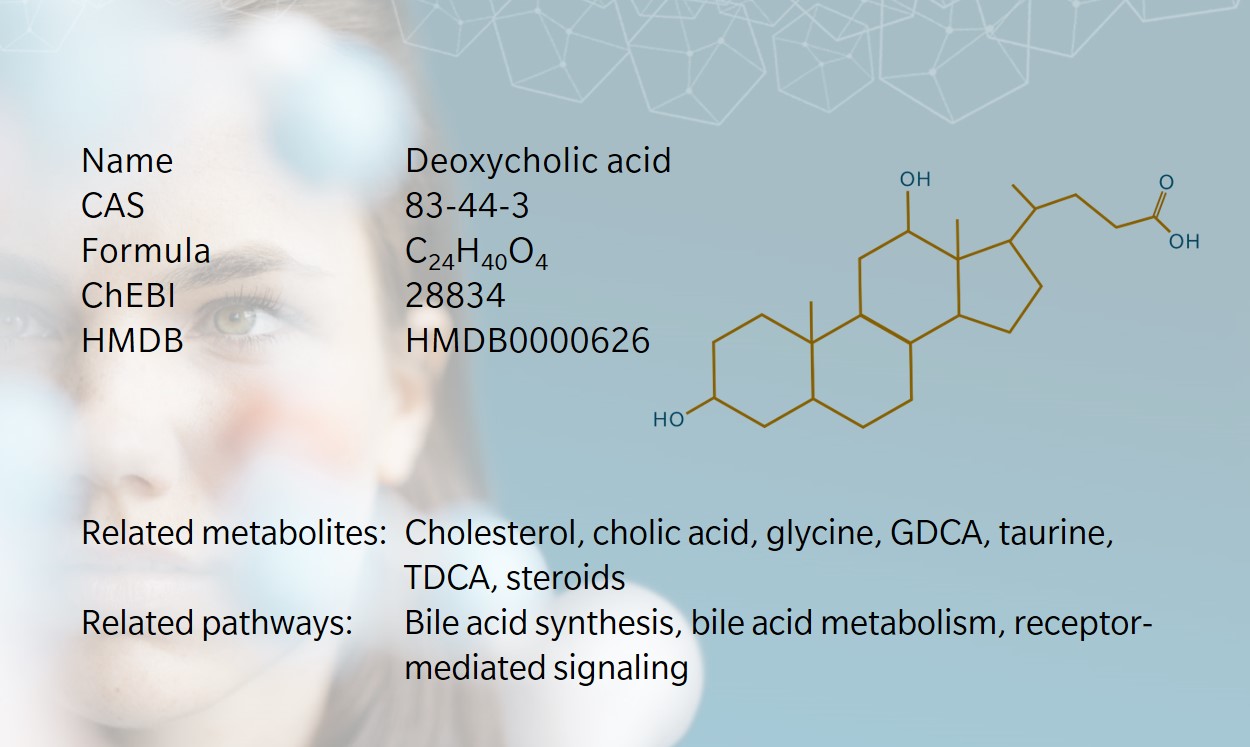
biocrates blog
Applications of metabolomics
The fluid of everything – Urine and precision nutrition
How urine metabolomics advances precision nutrition by enabling personalized, effective, and proactive dietary recommendations.
Cinnamaldehyde – The bioactive compound with potent anti-inflammatory and antioxidant properties
In our metabolite of the month series, our scientists look at one specific metabolite each month. Topics of discussion include the biosynthesis and degradation in a broader health context, and the effect of dysregulation. In this month´s article, they took a closer look at Cinnamaldehyde.
Sphingosine-1-phosphate (S1P) – A master regulator in cellular signaling and disease pathways
In our metabolite of the month series, our scientists look at one specific metabolite each month. Topics of discussion include the biosynthesis and degradation in a broader health context, and the effect of dysregulation. In this month´s article, they took a closer look at sphingosine-1-phosphate.
Arginine – Essential amino acid driving nitric oxide production and cardiovascular health
In our metabolite of the month series, our scientists look at one specific metabolite each month. Topics of discussion include the biosynthesis and degradation in a broader health context, and the effect of dysregulation. In this month´s article, they took a closer look at Arginine.
Metabolite of the month – Deoxycholic acid
Our metabolite of the month DCA is a secondary bile acid product. Interest in DCA was revived in the 1940s, when it was identified as a precursor for the synthesis of corticosteroids
biocrates at ASMS 2023
Delve into the firsthand experience of the biocrates team at the ASMS 2023 conference, held in Houston, Texas, with a remarkable attendance of over 5,000 participants.
Metabolomics – (not) a game changer in toxicology?
Why is metabolomics a game-changer in toxicology? We think so, but why are toxicologists split on this question?
Host-microbial interactions as pathophysiological nexus in inflammatory bowel disease
Immunometabolism is an important component to the pathophysiology of inflammatory bowel diseases and thus may serve the purpose of contributing to better and more personalized therapy decisions. While several metabolic pathways contribute, the talk puts special emphasis on the metabolism of the essential amino acid tryptophan.
Microbiota-derived 3-IAA influences chemotherapy efficacy in pancreatic cancer
Pancreatic ductal adenocarcinoma (PDAC) is expected to be the second most deadly cancer by 2040, owing to the high incidence of metastatic disease and limited responses to treatment. Less than half of all patients respond to the primary treatment for PDAC, chemotherapy, and genetic alterations alone cannot explain this. Using shotgun metagenomic sequencing and metabolomic screening, we show that the microbiota-derived tryptophan metabolite indole-3-acetic acid (3-IAA) is enriched in patients who respond to treatment.
Metabolomics as a tool to stratify patients and guide therapeutic decisions
Metabolomics can be used to develop tools to help guide therapy decisions in multiple ways, e.g. predict whether a drug will be effective, choose the best course of therapy, or monitor therapies along the patient journey.










